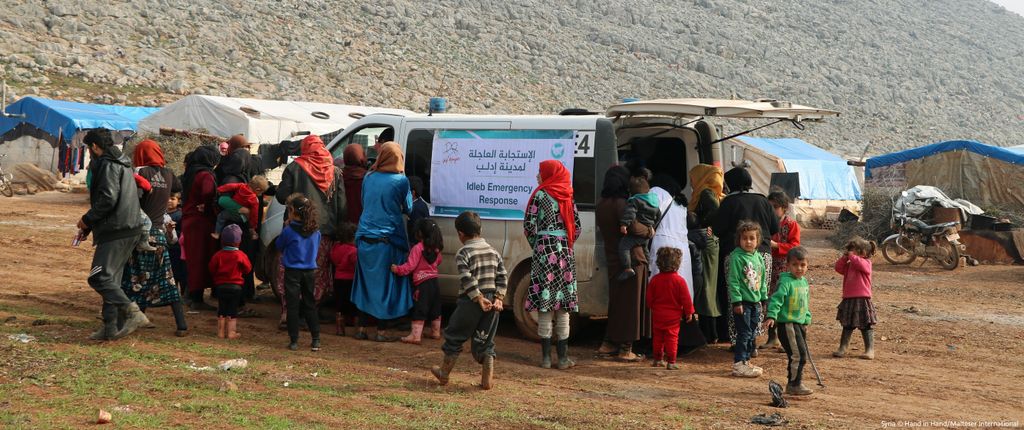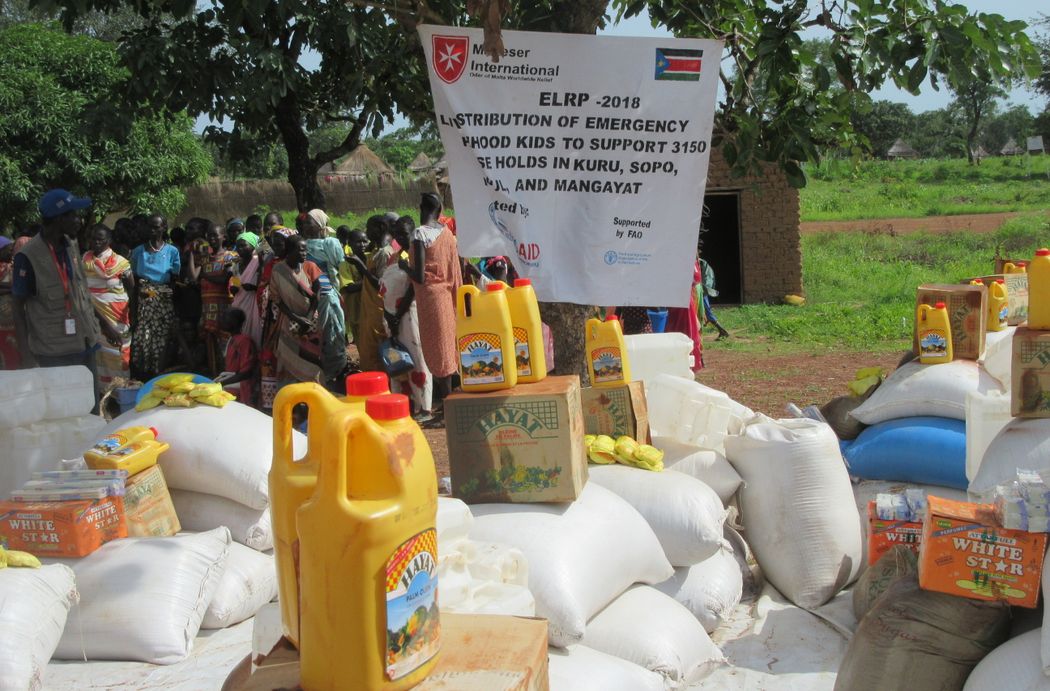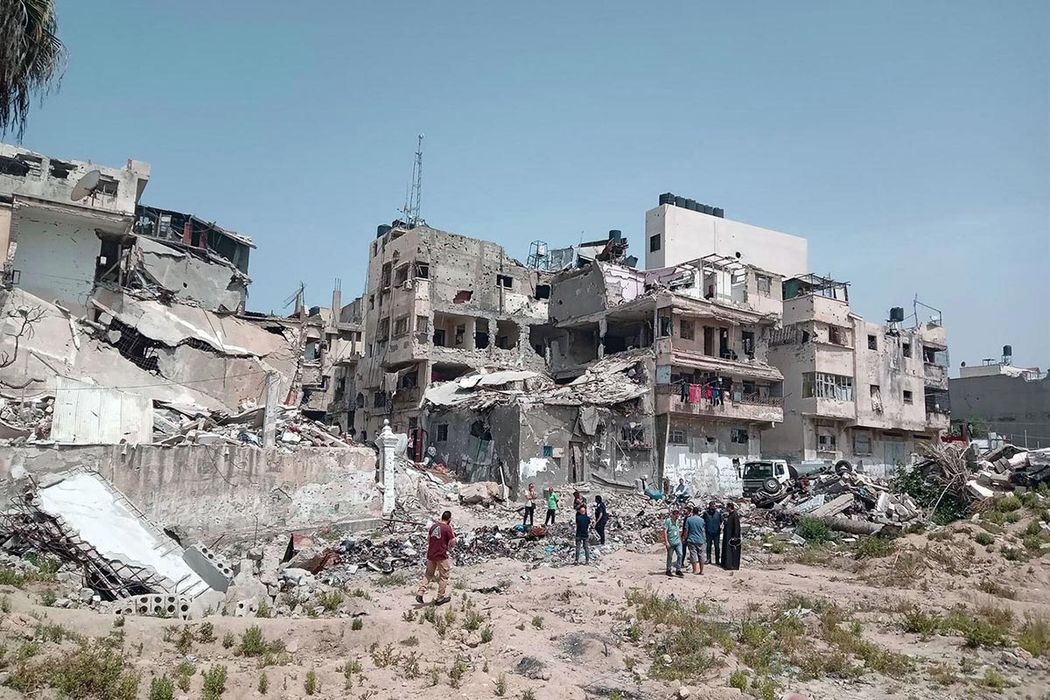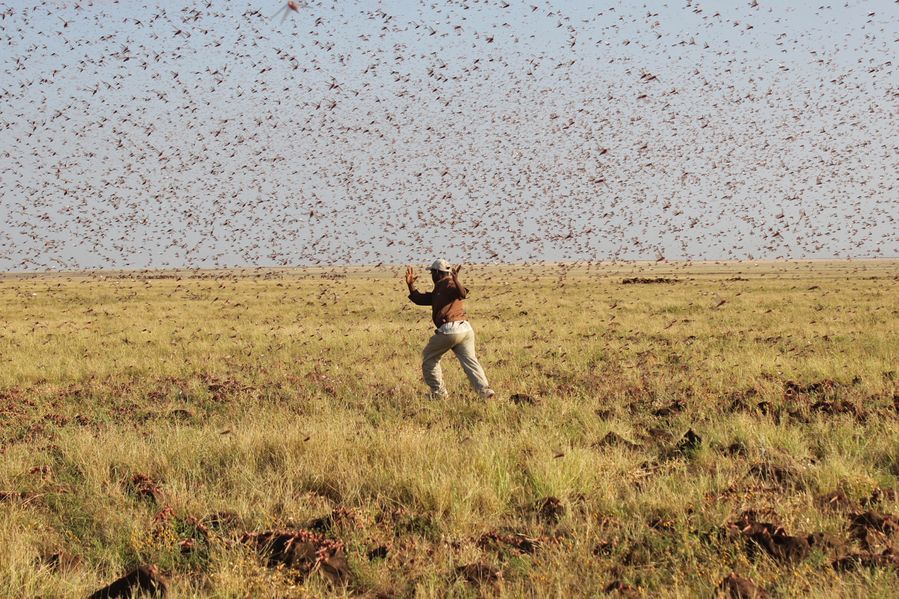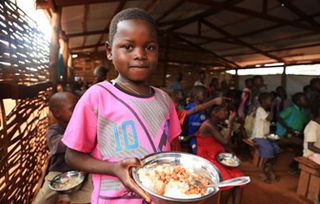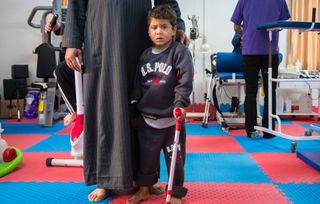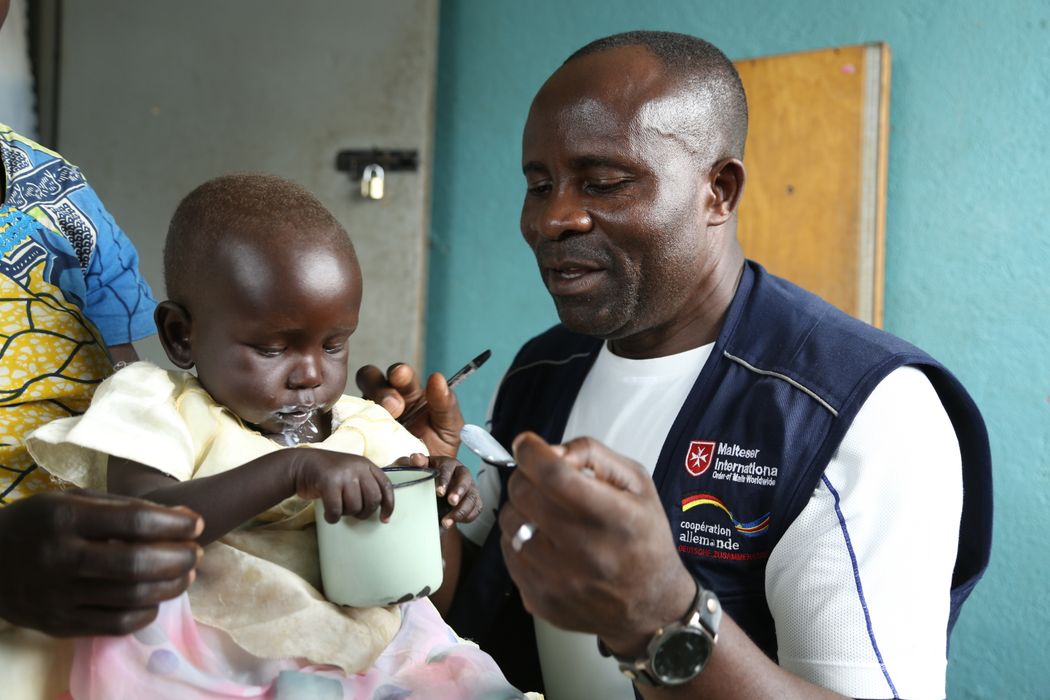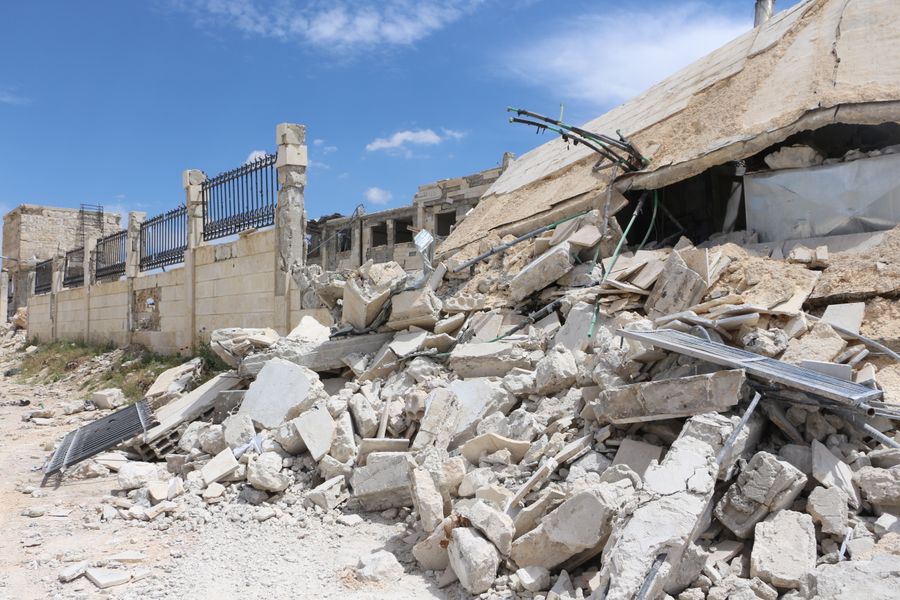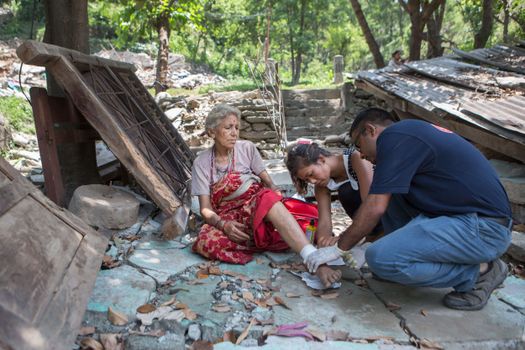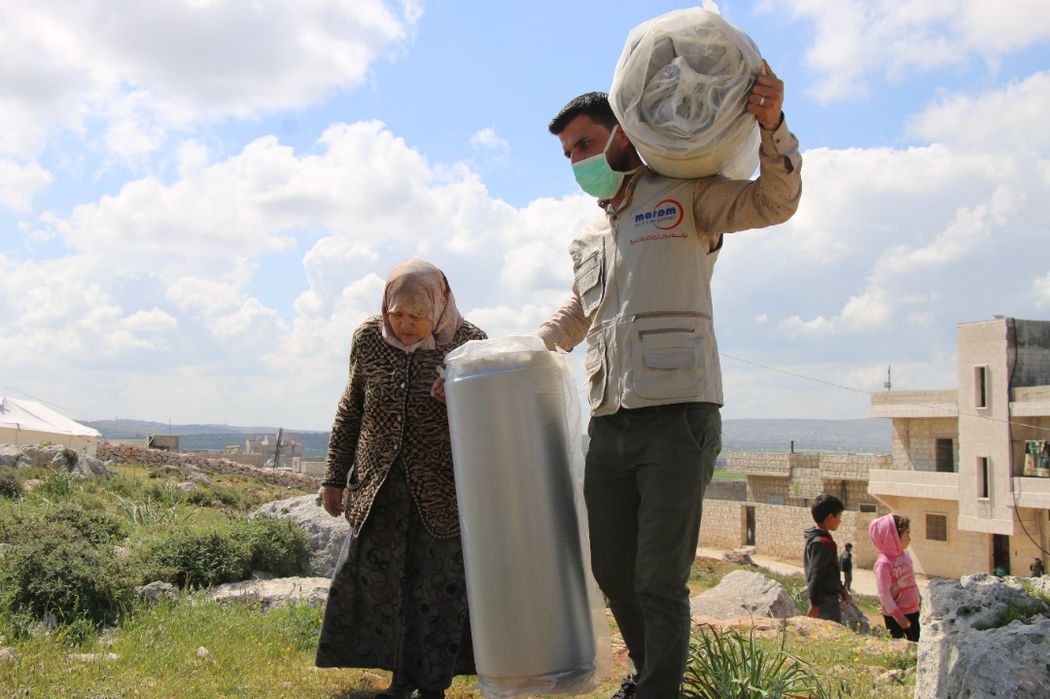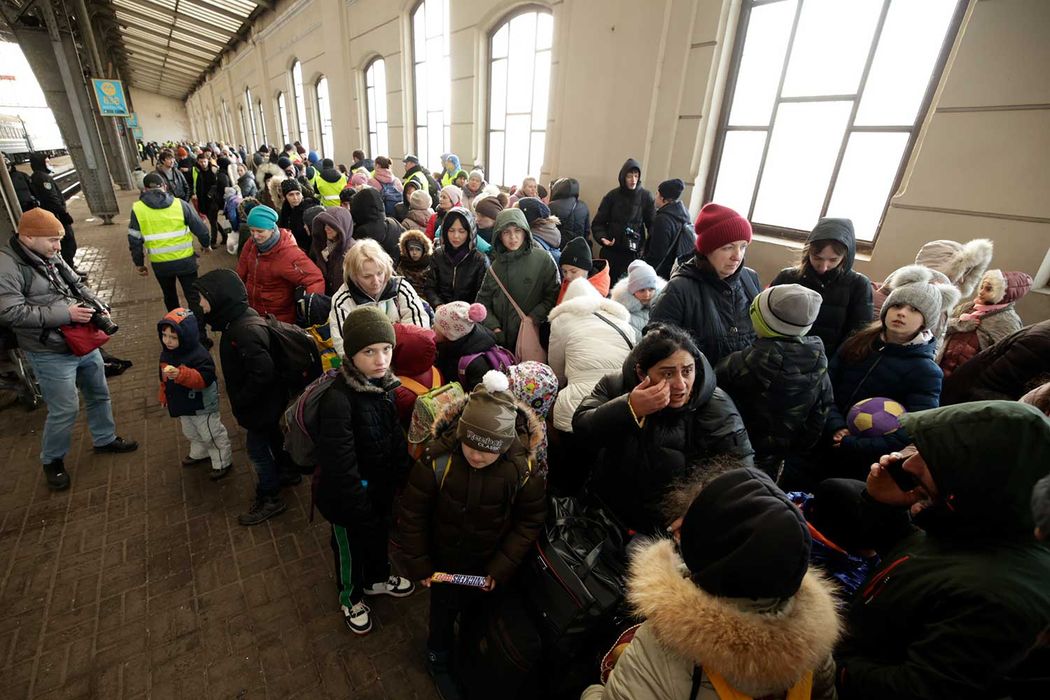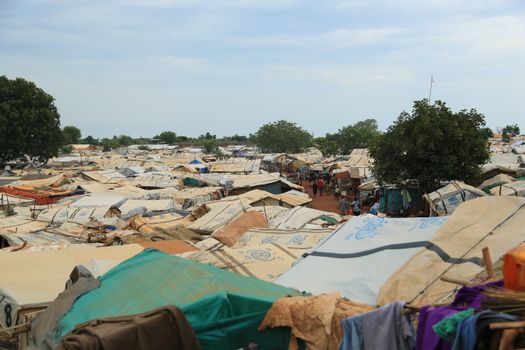Malteser International provides aid in humanitarian crises in countries in Africa, America, Asia, the Middle East and Europe. In addition to immediate emergency aid in acute crisis situations, the development of sustainable solutions and disaster risk reduction also play a decisive role in helping people in the long term.
In acute crisis situations, the first priority is to ensure the survival of the population. Following a natural disaster, our emergency aid team is ready to be onsite as soon as possible after initially evaluating the overall situation and decision-making process on whether a team should be sent. In many cases, we are working closely with or through local partner organizations. Depending on the crisis and the need, medical (initial) care is then provided, food is distributed, or access to drinking water and shelter is ensured, in consultation with the United Nations, other aid organizations and the state.
In case of a disaster, the World Health Organization (WHO) can send so-called Emergency Medical Teams (EMT), consisting of medical staff, logisticians, coordinators as well as experts for water and hygiene to the affected area. In 2018, Malteser International's Emergency Medical Team was certified by the WHO. It can be onsite within 72 hours to provide emergency medical assistance and basic health care.
In transitional aid, the aim is to find a way out of the acute crisis step by step and develop long-term measures that will sustainably improve people's living conditions. Important projects are, for example, rebuilding infrastructure, fighting diseases and their causes via better access to food and medical care, or improving water and sanitation.
In order to strengthen resilience and capacity, it is essential to adequately prepare the local population for future disasters. Many countries are under constant threat of a new crisis situation due to extreme weather phenomena or resurgent conflicts. Disaster risk reduction aims at developing emergency plans as well as protection and evacuation measures and training operations to be able to react quickly and effectively in the event of a crisis.

